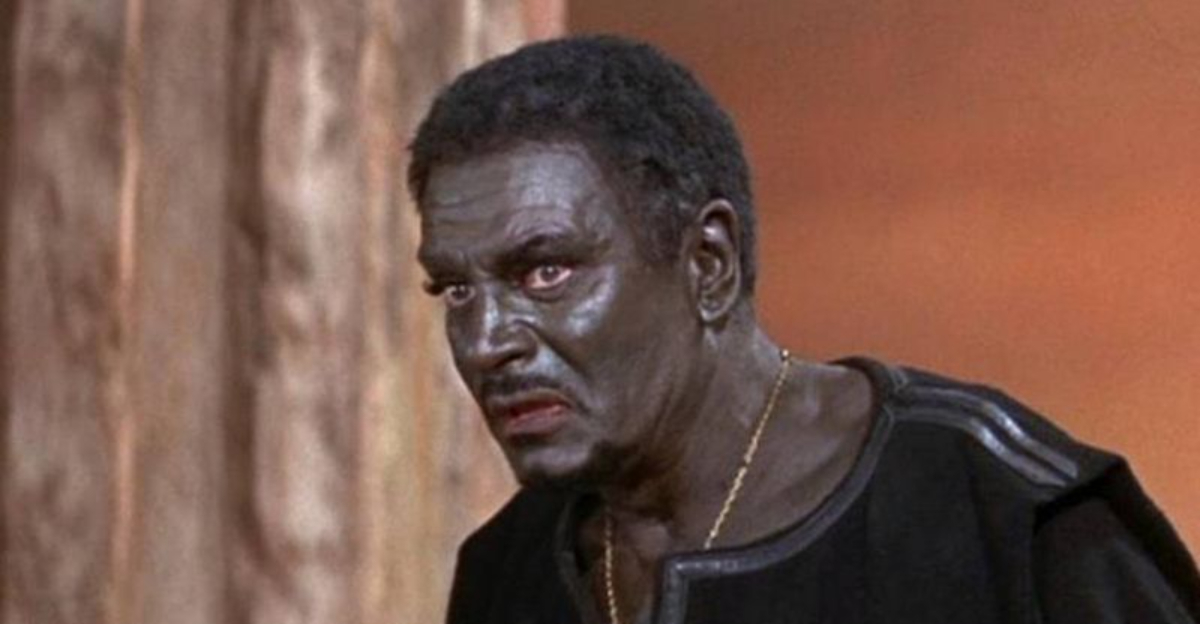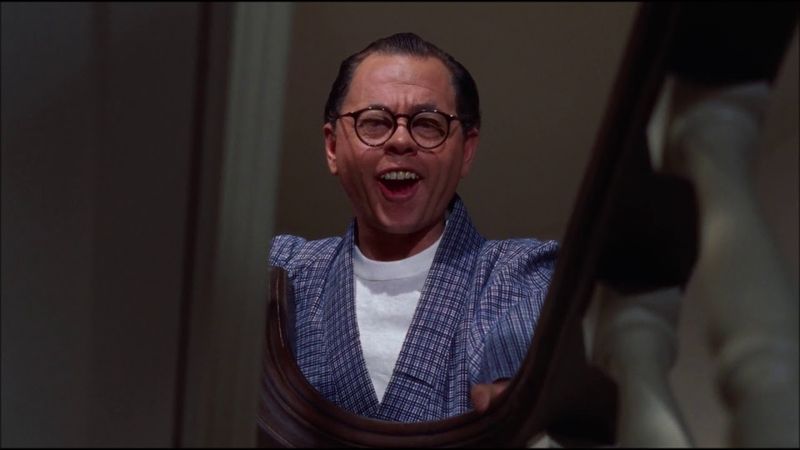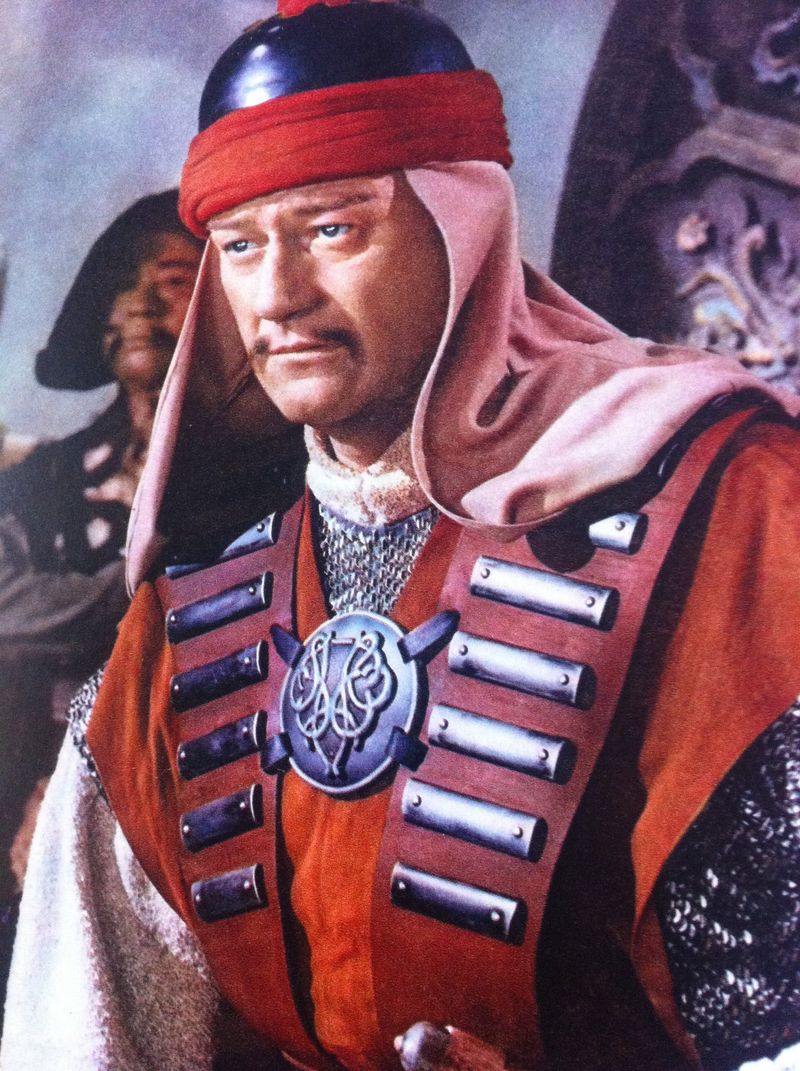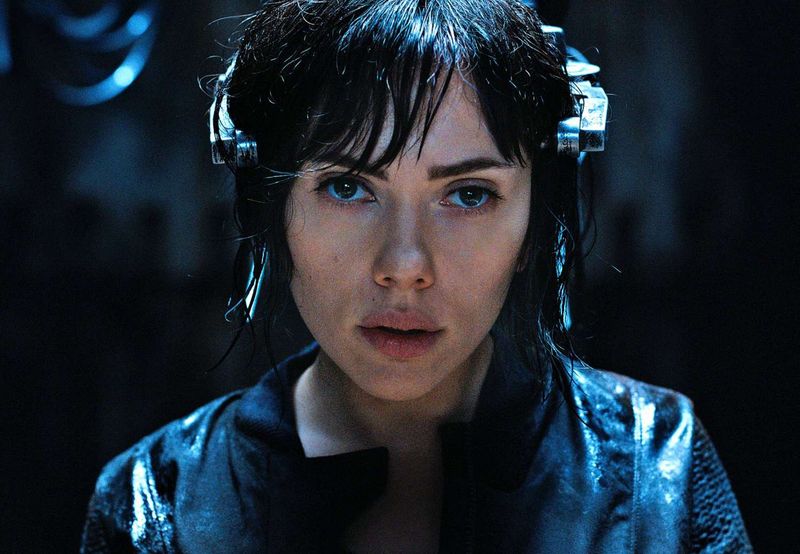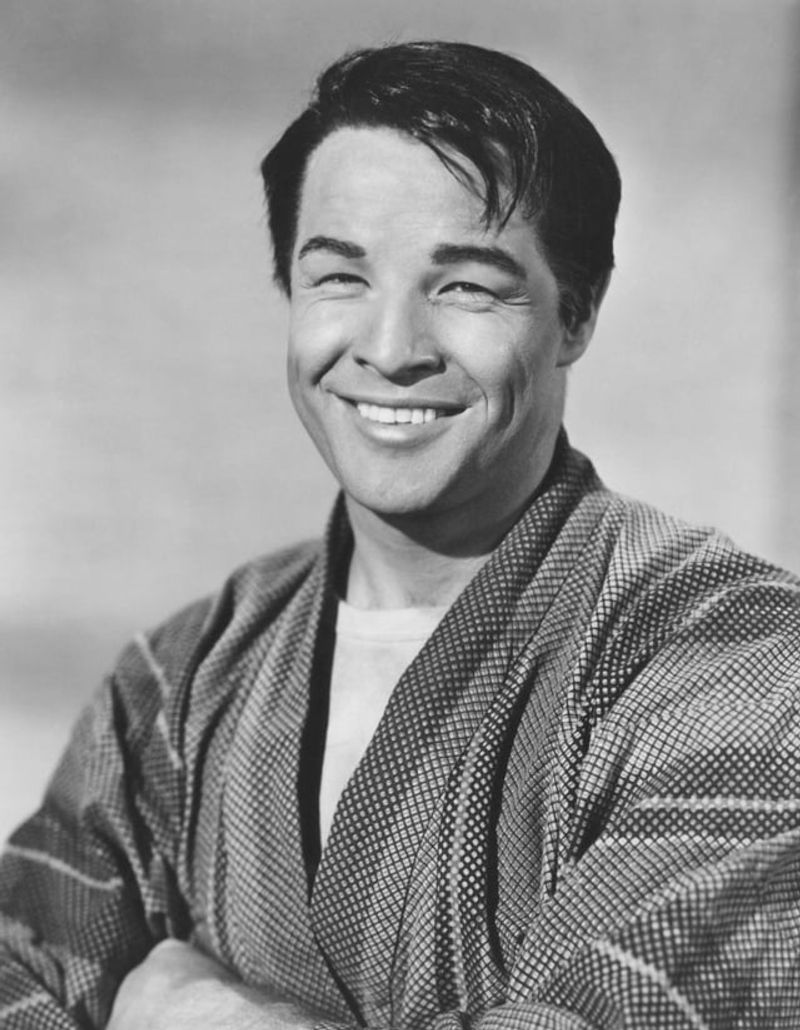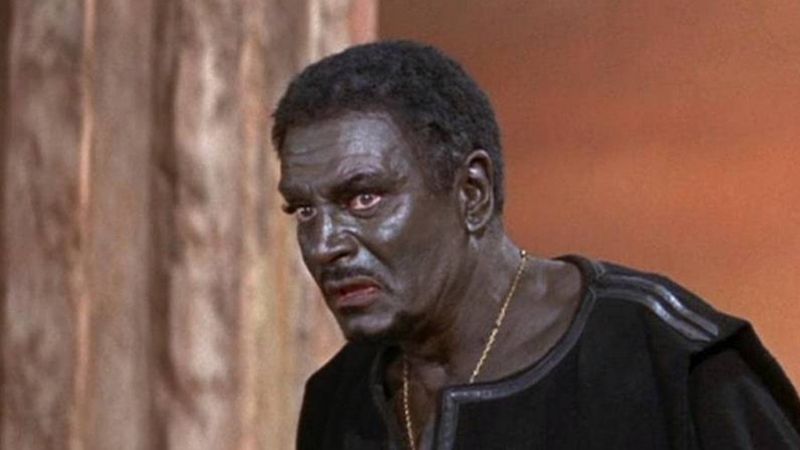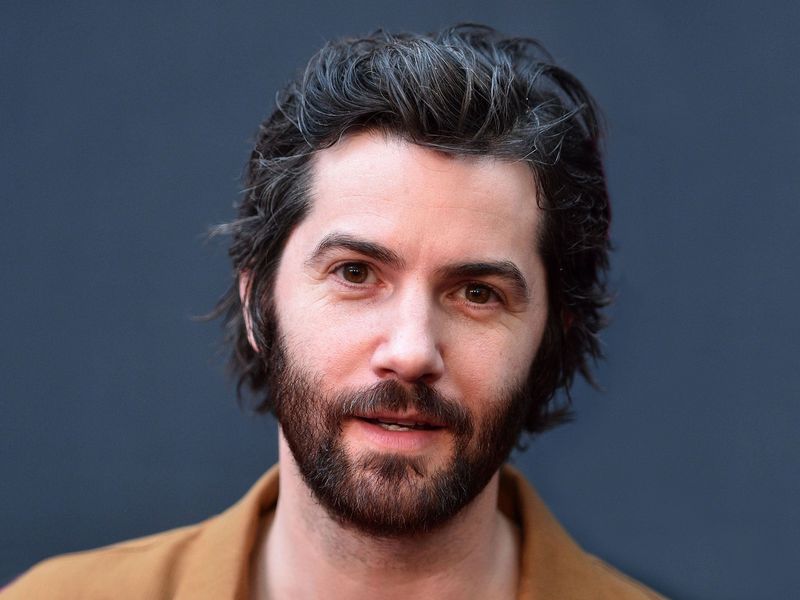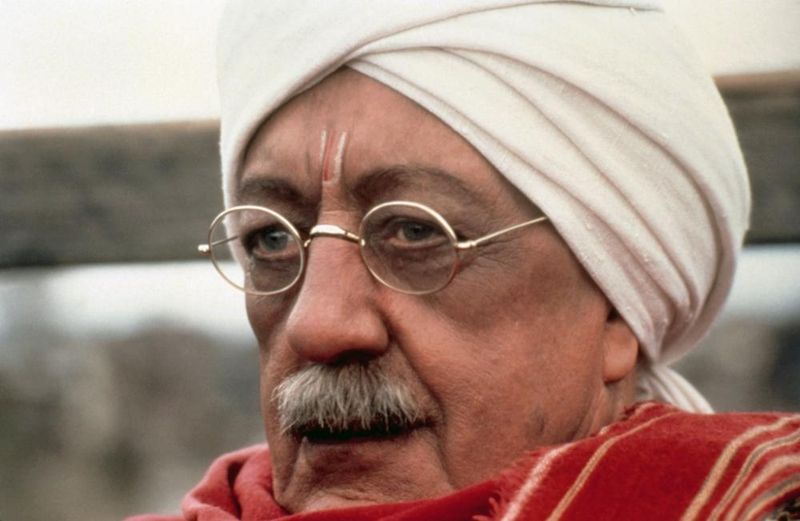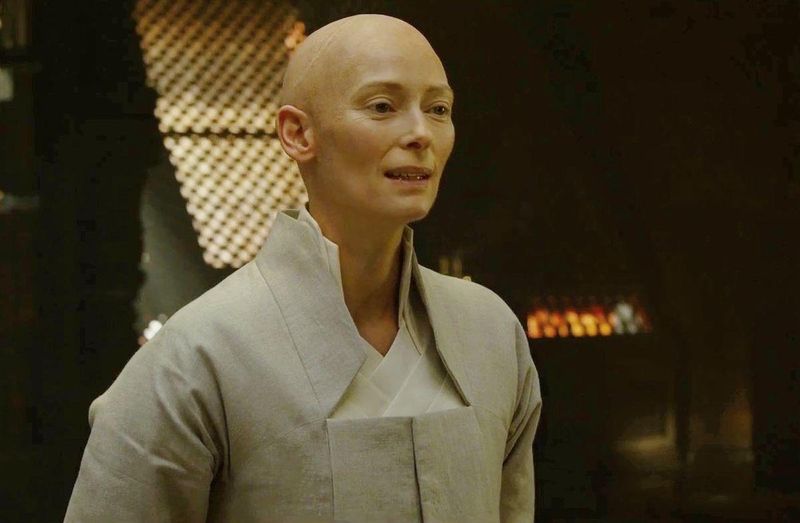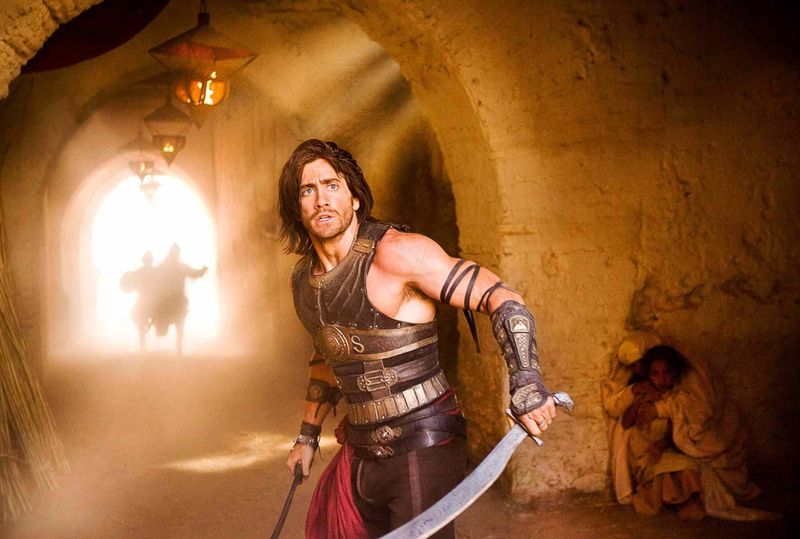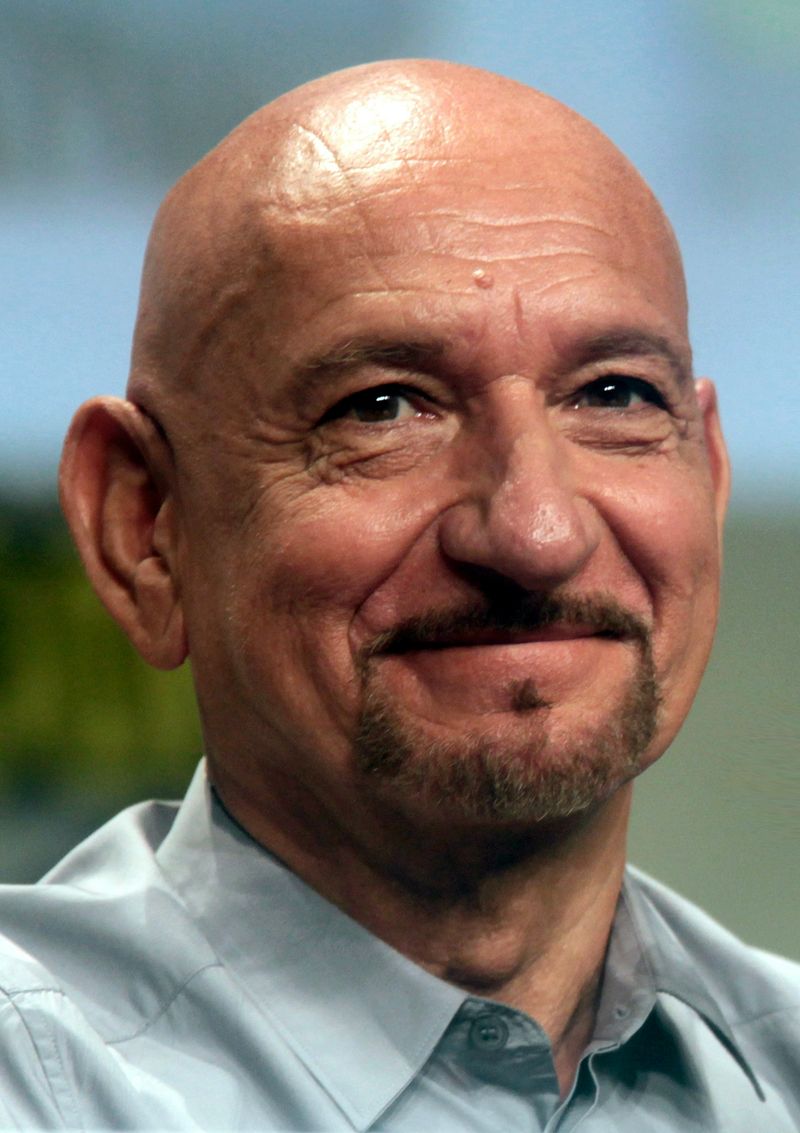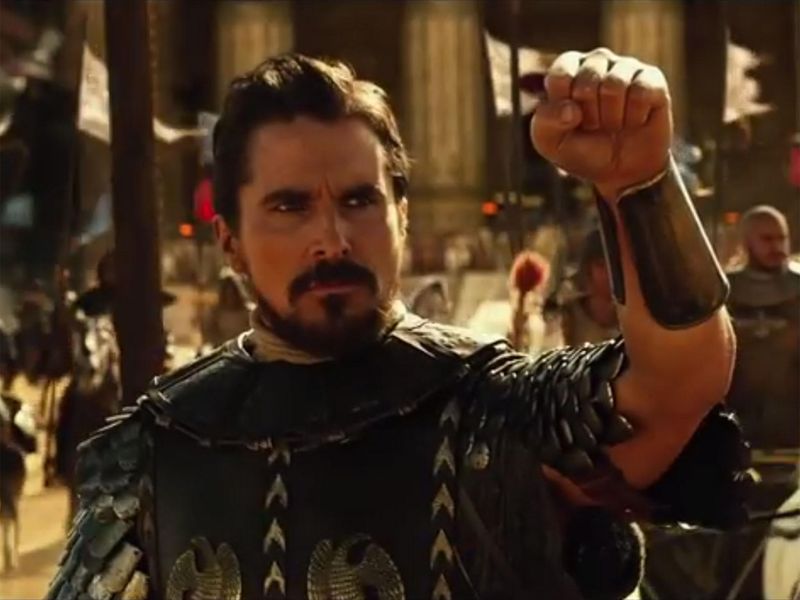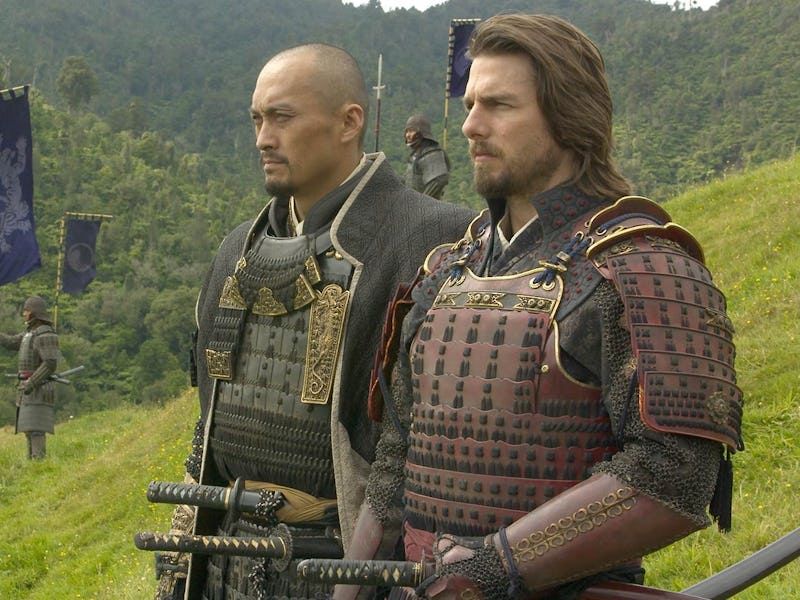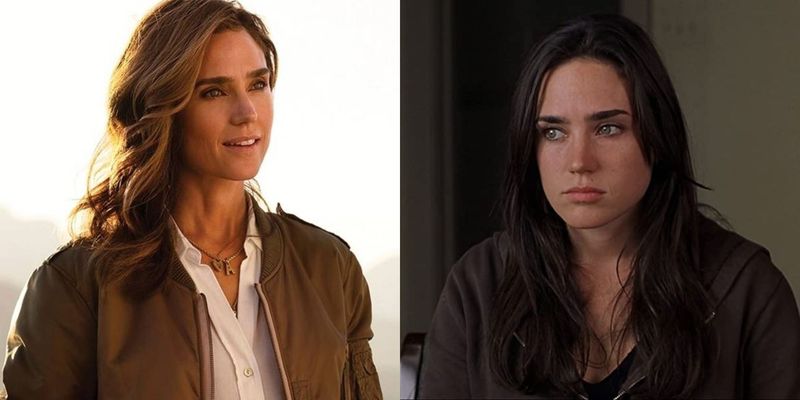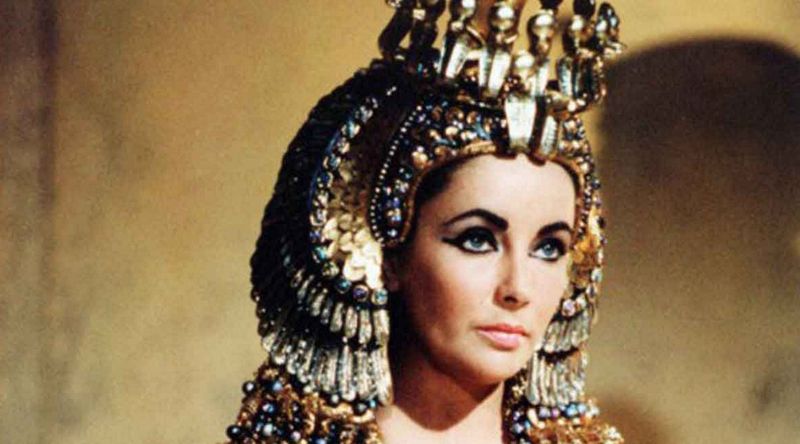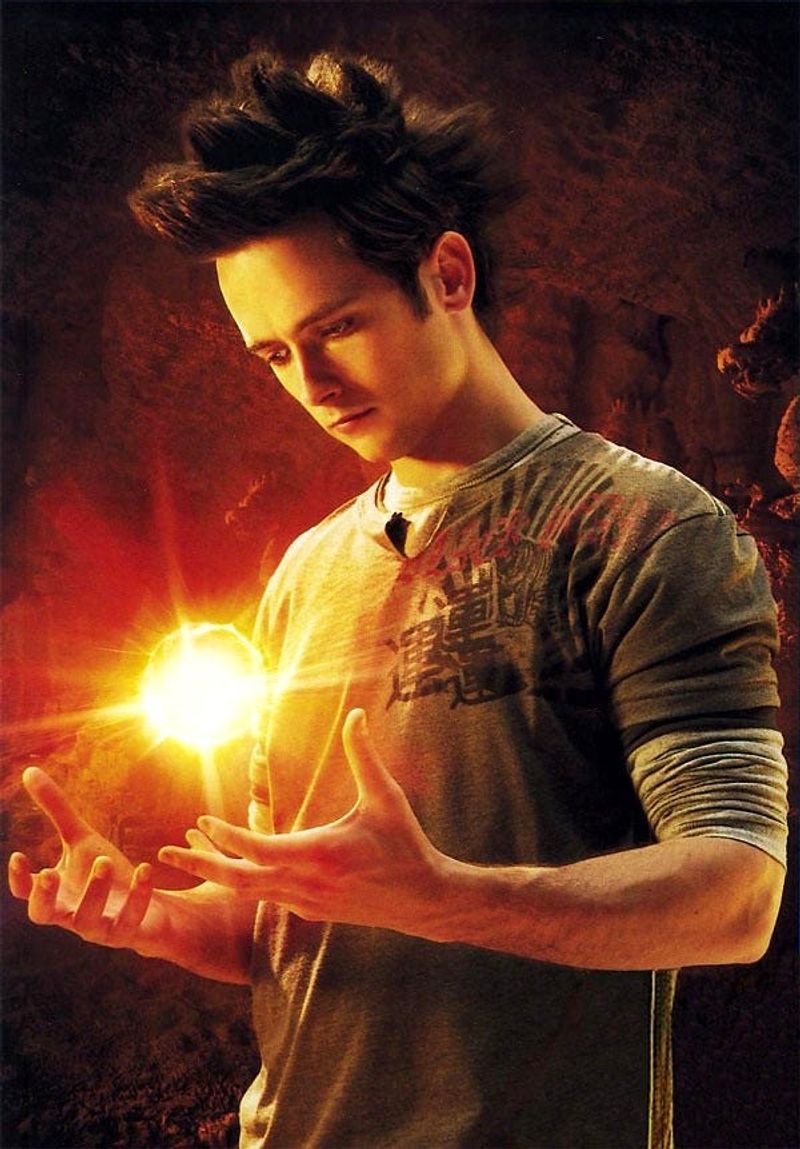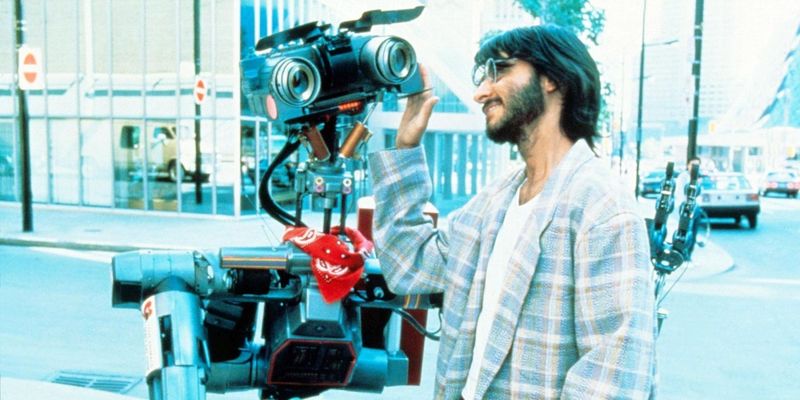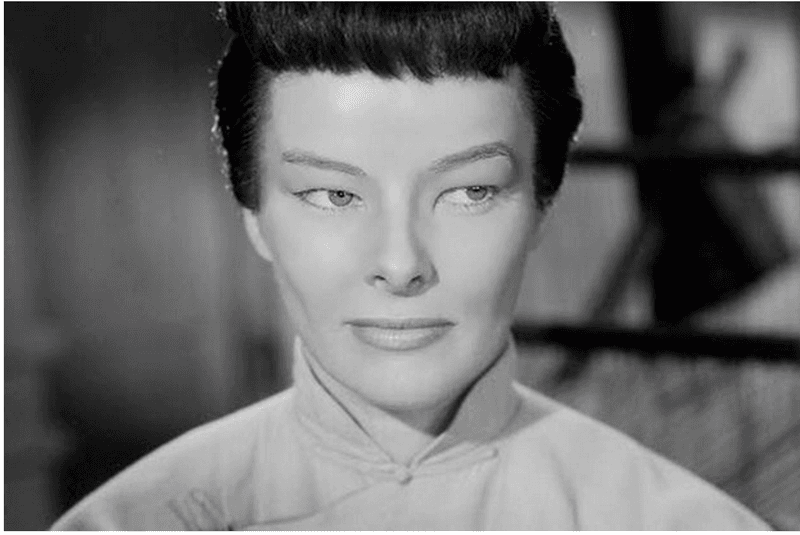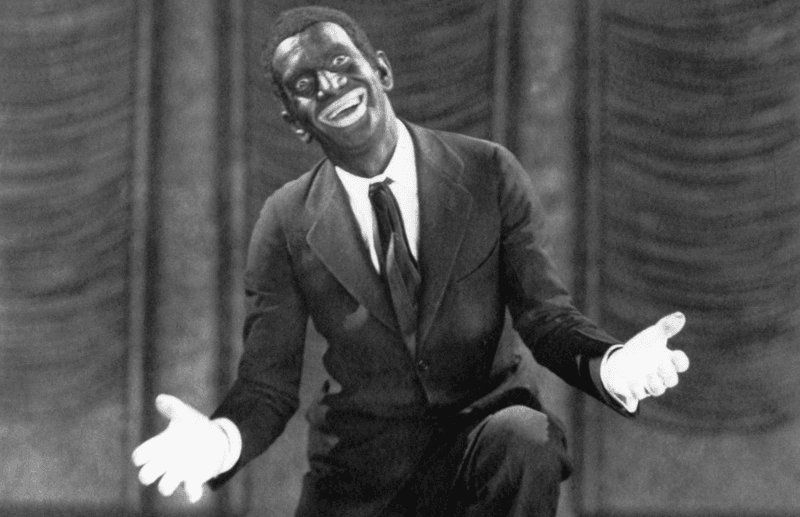This blog post explores 20 instances of famous actors taking on roles that, by today’s standards, would be considered culturally insensitive or problematic.
From blatant examples of whitewashing and yellowface to the use of blackface and brownface, these roles reflect past Hollywood practices that have drawn criticism in the modern era.
Each entry provides context and insight into why these portrayals are now seen as contentious.
1. Mickey Rooney – Breakfast at Tiffany’s (1961)
In the 1961 classic, Mickey Rooney’s portrayal of Mr. Yunioshi has been widely criticized for its offensive caricature of Japanese people. With exaggerated features and a heavy accent, Rooney’s role exemplifies the period’s insensitivity to racial representation. His performance drew laughter at the time but now serves as a reminder of a Hollywood era that often resorted to racial stereotyping for comedic effect. Today, such a portrayal would not pass unnoticed or unchallenged.
2. John Wayne – The Conqueror (1956)
John Wayne’s 1956 role as Genghis Khan in ‘The Conqueror’ remains one of cinema’s most glaring examples of whitewashing. Casting a quintessentially American actor to portray the Mongolian warlord, the film’s production choices reflect an era when ethnic authenticity was often disregarded. The incongruity of Wayne’s familiar persona in such a role is jarring. This casting decision is consistently cited in discussions about historical inaccuracies and racial miscasting in Hollywood.
3. Emma Stone – Aloha (2015)
Emma Stone’s casting in ‘Aloha’ as a character described as part Hawaiian and part Chinese sparked significant backlash. Critics and audiences alike condemned the choice, arguing it perpetuated Hollywood’s long history of whitewashing. Despite Stone’s talent, the casting overshadowed her performance, causing a stir in an industry increasingly aware of representation issues. This controversy highlighted ongoing debates about the need for authentic casting in roles tied to specific cultural identities.
4. Scarlett Johansson – Ghost in the Shell (2017)
In ‘Ghost in the Shell,’ Scarlett Johansson’s role as Major Motoko Kusanagi faced heavy scrutiny for whitewashing a character originally Japanese. The casting decision reignited debates on ethnic representation and the creative liberties taken in adapting foreign materials. While Johansson’s performance was praised by some, the controversy surrounding her casting overshadowed the film’s release, contributing to a broader conversation about inclusion and respect for source material origins.
5. Marlon Brando – The Teahouse of the August Moon (1956)
Marlon Brando’s performance as a Japanese character in ‘The Teahouse of the August Moon’ involved makeup and accent that today would be deemed inappropriate. During the 1950s, such portrayals were normalized, yet they reinforced harmful stereotypes. Brando’s lauded acting skills were overshadowed by the problematic nature of his role. The film serves as a historical reference point for discussions about how ethnic characters should be authentically represented by actors of corresponding backgrounds.
6. Sean Connery – You Only Live Twice (1967)
In ‘You Only Live Twice,’ Sean Connery’s iconic James Bond dons a Japanese disguise, complete with makeup to alter his appearance. This plot device, while intended as a clever espionage tactic, highlights past insensitivities in movie-making. The transformation scene, meant to be trivial, stands out today as a glaring example of cultural insensitivity. Despite Bond’s enduring popularity, this particular portrayal illustrates the changing perspectives on race and representation in cinema.
7. Laurence Olivier – Othello (1965)
Laurence Olivier’s rendition of Shakespeare’s Othello in 1965 was marked by the use of blackface, a practice now widely condemned. At the time, Olivier’s performance was celebrated for its intensity, but the decision to darken his skin is now viewed as a regrettable choice. This adaptation underscores earlier norms where the complexities of race were simplified through makeup, ignoring deeper cultural contexts. Modern audiences find such portrayals deeply problematic, sparking continuous dialogue on racial representation.
8. Jim Sturgess – 21 (2008)
In ’21,’ Jim Sturgess played a lead role based on a real-life Asian-American student, yet the film opted for a predominantly white cast. This decision whitewashed the narrative and drew criticism for its lack of authenticity. The film’s creative liberties sparked debate about Hollywood’s tendency to overlook minority actors for lead roles. With true stories adapted into films, there’s an increasing call for sincere representation that respects the original subjects’ cultural backgrounds.
9. Alec Guinness – A Passage to India (1984)
In ‘A Passage to India,’ Alec Guinness’s portrayal of an Indian character involved the use of brownface. This approach, typical for its time, is now criticized for its lack of ethnic sensitivity. While Guinness’s role was critically acclaimed, the casting choice disregarded the importance of authenticity in representing diverse cultures. The film is a stark reminder of how casting practices have evolved, with current standards demanding greater cultural awareness and accurate representation.
10. Tilda Swinton – Doctor Strange (2016)
Tilda Swinton’s casting as The Ancient One in ‘Doctor Strange’ stirred controversy for altering a traditionally Asian character. The decision was defended as a reimagining, yet it fueled discussions about whitewashing in Hollywood. Swinton’s role highlighted the industry’s ongoing challenges with diversity and representation. Despite the film’s success, this casting raised questions about the fidelity to source material and the importance of honoring cultural origins in cinematic adaptations.
11. Jake Gyllenhaal – Prince of Persia: The Sands of Time (2010)
Jake Gyllenhaal’s role in ‘Prince of Persia: The Sands of Time’ as the titular prince was met with accusations of whitewashing. As a non-Persian actor, his casting was seen as a missed opportunity to promote authentic representation. The film faced backlash for its lack of ethnic diversity, sparking wider conversations about Hollywood’s portrayal of Middle Eastern cultures. This example serves as a case study in the industry’s journey towards more inclusive and representative casting decisions.
12. Ben Kingsley – Gandhi (1982) and The Love Guru (2008)
Ben Kingsley’s acclaimed role as Gandhi sparked debates despite his partial Indian descent, highlighting complexities in casting choices. In contrast, his performance in ‘The Love Guru’ was criticized for perpetuating stereotypes, reflecting Hollywood’s ongoing struggle with cultural representation. Kingsley’s career exemplifies both the potential respectfulness and pitfalls in portraying culturally significant roles. These examples underscore the need for mindful casting that considers the cultural and historical significance of the characters depicted.
13. Christian Bale – Exodus: Gods and Kings (2014)
In ‘Exodus: Gods and Kings,’ Christian Bale’s portrayal of Moses led to criticism for the lack of ethnic diversity among the main cast. The film’s depiction of Egyptians by predominantly white actors highlighted ongoing issues of historical accuracy and cultural sensitivity. Bale’s role reignited discussions on the importance of racially authentic casting, particularly in films that draw from real historical events. The controversy emphasized the necessity for greater inclusivity in Hollywood storytelling.
14. Tom Cruise – The Last Samurai (2003)
In ‘The Last Samurai,’ Tom Cruise’s portrayal of an American soldier among Japanese warriors was seen as embodying the “white savior” trope. Despite its intention to honor Japanese culture, the film was critiqued for centering on a Western perspective. Cruise’s character, while central to the narrative, overshadowed the rich cultural context it aimed to depict. This film remains a topic of discussion regarding the balance between storytelling and respectful cultural representation.
15. Jennifer Connelly – A Beautiful Mind (2001)
In ‘A Beautiful Mind,’ Jennifer Connelly portrayed Alicia Nash, whose real-life counterpart was Latina. The casting choice overlooked this aspect, sparking discussions on the importance of ethnic authenticity. Connelly’s performance was celebrated, but the decision reflected a broader trend of neglecting minority representation in biographical films. This case illustrates the evolving awareness of honoring individuals’ cultural identities in storytelling, prompting filmmakers to consider the nuances of real-life characters’ backgrounds.
16. Elizabeth Taylor – Cleopatra (1963)
Elizabeth Taylor’s iconic role as Cleopatra in 1963 has been scrutinized for its casting of a Western actress as the Egyptian queen. The film’s use of heavy makeup and an entirely white cast raised questions about historical authenticity. Taylor’s star power drew audiences, yet modern viewers critique the portrayal for lacking genuine cultural representation. This film highlights the past liberties taken in casting decisions, encouraging a reevaluation of how cultural figures are depicted on screen.
17. Justin Chatwin – Dragonball Evolution (2009)
Justin Chatwin’s casting as Goku in ‘Dragonball Evolution’ exemplifies the challenges of adapting culturally specific content. The decision to Westernize the role sparked backlash from fans and critics, who felt it strayed from the anime’s original spirit. Chatwin’s portrayal was part of a larger issue of cultural dilution in adaptations, highlighting the importance of respecting source materials. The film’s reception serves as a reminder of the need for authenticity when bridging cultural narratives.
18. Fisher Stevens – Short Circuit (1986–88)
Fisher Stevens’s role as an Indian scientist in ‘Short Circuit’ involved brownface and a fake accent, now seen as offensive. At the time, such portrayals were often used for comedic relief but are now recognized as perpetuating stereotypes. Stevens’s character reflects an era when cultural caricatures were normalized in storytelling. This example underscores the progress made in understanding the impact of representation, as well as the ongoing need for sensitivity in character portrayals.
19. Katharine Hepburn – Dragon Seed (1944)
Katharine Hepburn’s role in ‘Dragon Seed’ involved transforming into a Chinese woman using prosthetics, an early instance of yellowface. This performance, while acclaimed at the time, is now viewed through a critical lens for its stereotypical representation. Hepburn’s portrayal symbolizes a period when cultural insensitivity was commonplace in Hollywood. The film is a significant reference point in discussions on the evolution of racial representation and the importance of authentic casting in cinema.
20. Al Jolson – The Jazz Singer (1927)
Al Jolson’s performance in ‘The Jazz Singer’ is one of the most infamous examples of blackface in film history. The 1927 movie marks a significant moment in cinema as the first feature-length “talkie,” yet its legacy is tainted by racial insensitivity. Jolson’s character, while groundbreaking in its time, serves as a reminder of past prejudices. This film remains a pivotal example of the complex interplay between technological innovation and the cultural norms it inadvertently perpetuated.
